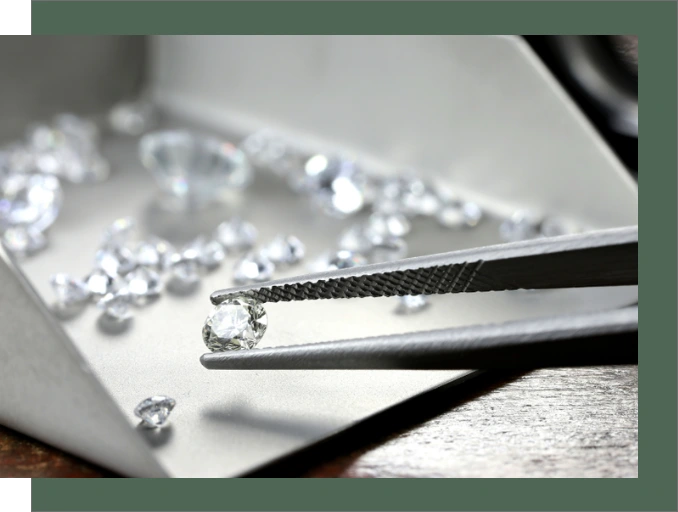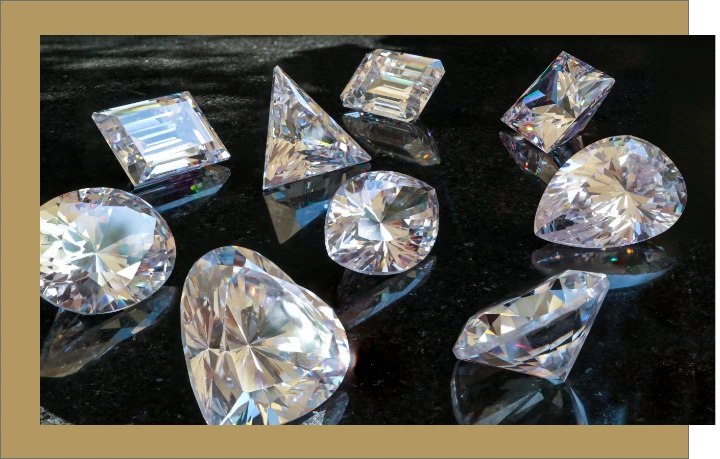
Exploring the Beauty of Diamond Shapes
Discover the unique character of diamond shapes. At Diamond Lab, we offer the 9 most popular diamond shapes, certified by GIA and IGI. Each shape represents different personalities and events. Explore the perfect shape for your jewelry and engagement rings. Learn more about each shape below.
What is a diamond shape?
A diamond shape refers to the specific cutting style that gives a diamond its distinctive appearance. In their uncut, natural state, diamonds possess a rather organic form that is transformed into the iconic diamond shapes that are widely admired. The round brilliant cut is the most classic diamond shape, while all other shapes, such as oval, cushion, and princess cuts, are known as “fancy shape diamonds.” Diamonds are crafted into two primary categories of shapes: brilliant cuts, which deliver exceptional sparkle, and step cuts, which highlight remarkable clarity.
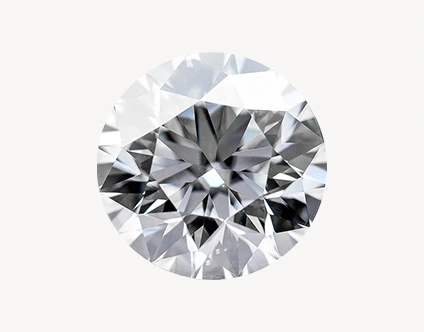
Round brilliant cut diamonds are the most popular shape, known for their brilliant sparkle and timeless elegance. They have 57 facets (58 if you count the cullet), which maximizes the reflection of light and gives them their characteristic brilliance. Round diamonds are versatile and can be used in various jewelry styles, including engagement rings, earrings, and pendants.
Tips for choosing a round diamond
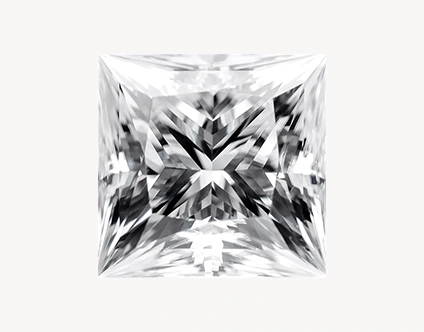
Princess diamonds are square-shaped and feature sharp corners. They are the second most popular diamond shape after round diamonds. Princess diamonds have a modern and geometric look, making them an excellent choice for contemporary jewelry designs. They are also known for their exceptional fire and brilliance, making them a favorite for engagement rings.
Tips for choosing a princess cut diamond

Emerald diamonds are rectangular with cut corners and feature a unique step-cut facet pattern. This creates a mirror-like effect, known as the "hall of mirrors," which emphasizes the diamond's clarity. Emerald diamonds have a sophisticated and vintage appeal, perfect for those who prefer a more subtle sparkle and clean lines in their jewelry.
Tips for choosing an emerald cut diamond
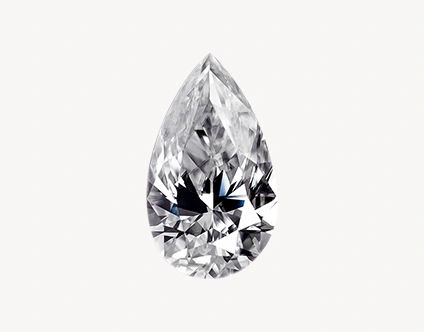
Pear diamonds, also known as teardrop diamonds, are a combination of round and marquise shapes. They have a rounded bottom and a pointed top, creating an elegant and elongated appearance. Pear diamonds can make fingers look longer and slimmer, making them a popular choice for engagement rings and pendants.
Tips for choosing a pear cut diamond
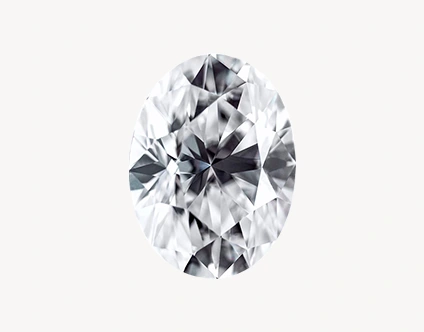
Oval diamonds have a similar facet pattern to round diamonds, resulting in exceptional brilliance and fire. Their elongated shape can create the illusion of a larger diamond and make fingers appear longer and slimmer. Oval diamonds are a versatile and sophisticated choice for various jewelry styles, including engagement rings and earrings.
Tips for choosing an oval cut diamond
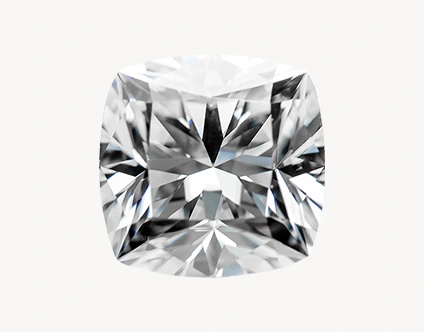
Cushion diamonds are square or rectangular with rounded corners, resembling a pillow. They have a vintage charm and feature larger facets that showcase the diamond's color and clarity. Cushion diamonds are known for their romantic and soft appearance, making them an ideal choice for engagement rings and other sentimental jewelry pieces.
Tips for choosing a cushion cut diamond
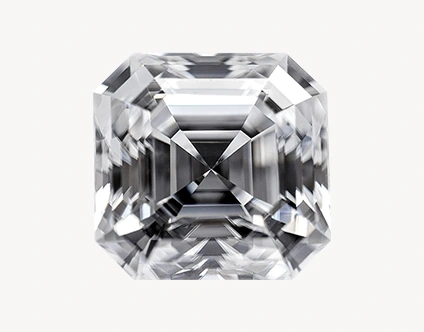
Asscher diamonds are similar to emerald diamonds but have a square shape with cut corners. They also feature a step-cut facet pattern, creating the "hall of mirrors" effect. Asscher diamonds have a unique Art Deco appeal, making them a popular choice for those who appreciate vintage-inspired jewelry designs.
Tips for choosing a Asscher cut diamond

Marquise diamonds are elongated and feature pointed ends, creating a dramatic and distinctive look. Their unique shape can make fingers appear longer and the diamond seem larger than it is. Marquise diamonds are perfect for those who want a unique and eye-catching piece of jewelry, such as an engagement ring or pendant.
Tips for choosing a Marquise cut diamond

Heart diamonds are a symbol of love and romance, making them a popular choice for sentimental jewelry pieces like engagement rings and pendants. This shape requires skilled craftsmanship to achieve the perfect balance between the two halves of the heart. Heart diamonds are a unique and charming choice for those who want to express their love and affection through their jewelry.
Tips for choosing a Heart-shaped diamond
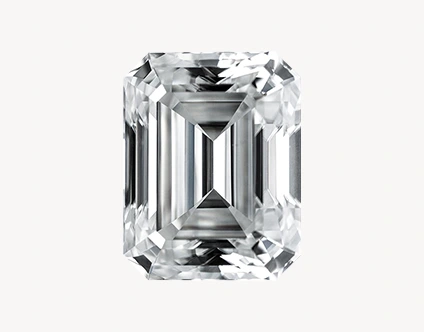
The radiant cut is a stunning combination of the elegance of an emerald cut and the brilliance of a round cut diamond. With its unique rectangular or square shape and trimmed corners, the radiant cut offers a modern and sophisticated look. The diamond has 70 facets, which maximize light reflection and create exceptional sparkle. The radiant cut is a versatile option that looks great in various settings and can be paired with different side stones or bands.
Tips for choosing a Radiant cut diamond
Lab Grown Diamond Shapes: A World of Choices
